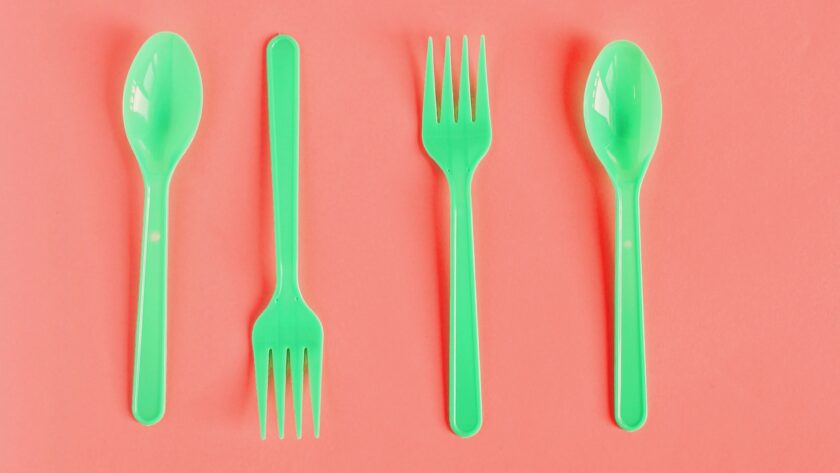Researchers at New Zealand’s University of Canterbury have found a way to convert biodegradable single-use plastics made from Polylactic acid – such as knives, spoons and forks – into a foam that can be turned into insulation for walls or flotation devices.
What makes the discovery significant is that while biodegradable plastics are supposed to be good for the environment because they are designed to degrade quickly, they can’t be recycled – because they are designed to degrade quickly.
Polylactic acid (PLA) is a plastic made from fermented starch from corn or sugar cane. It is designed to break down harmlessly.
Turning them into a foam with function as building insulation provides a means of recycling the material, which is preferable to dumping them in landfills. That’s because if PLA enters the environment, it often won’t break down, technically classifying them as compostable rather than biodegradable.
The discovery team was led by University of Canterbury (UC) chemical and process engineering academic Dr Heon Park, who works in the Biomolecular Interaction Centre, and fellow researchers UC chemical and process engineering PhD student Lilian Lin, and BE(Hons) graduate Young Lee.
Park’s team placed the cutlery – which was previously thought to be “non-foamable” plastic – into a chamber filled with carbon dioxide. As the pressure increased, the gas dissolved into the plastic and when they released the pressure in the chamber suddenly, the carbon dioxide expanded within the plastic, creating foaming.
Park likens the process to opening a can of soda and releasing the carbonation.
“By tweaking the temperature and pressure, there is a window where we can make good foams,” he explains. “It’s not that every temperature or every pressure works. We found what temperature or what pressure is the best to make those non-foamable plastics into foams.”
Each time plastic is recycled, it loses a bit of strength. Foams are an ideal material because strength is not important in many applications. Park says the ideal structure of a foam depends on its final use. Bulky foams, which have large or plentiful air pockets, are good for floating buoys.
“Whenever we recycle, each time, we degrade the plastics,” explains Park. “Let’s say we have a biodegradable spoon. If we use it and we recycle it back into another spoon, it may break in your mouth.”
Making biodegradable plastics recyclable could alleviate some of the global pollution and reduce volumes headed to landfills. While biodegradable or compostable materials eventually break down in nature, it is even better for the environment if plastics can be repurposed.
“We can expand foaming applications to a lot of plastics, not just this plastic,” says Park.
The research paper “Recycling and rheology of poly(lactic acid) (PLA) to make foams using supercritical fluid” by Heon E. Park, Lilian Lin, and Young Lee, appears in the journal: Physics of Fluids, DOI: 10.1063/5.0050649.
Meanwhile, in the US, 3D printing service JRT3D has teamed up with machine manufacturer Novatech to develop PETBot, a machine that recycles plastic bottles into 3D printer “ink”.
Main image: @try2benice via Twenty20



